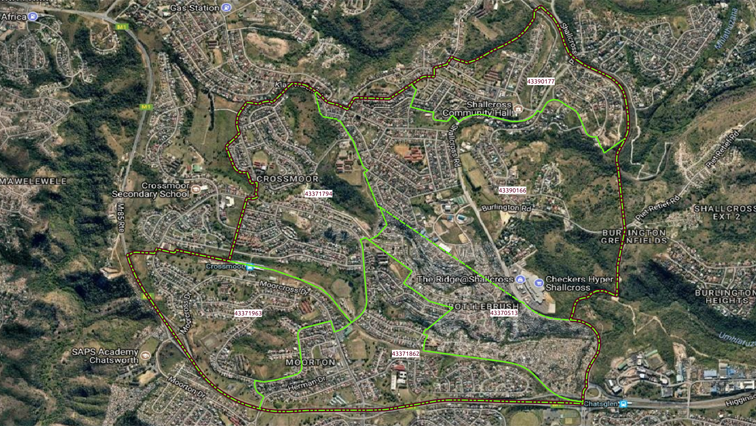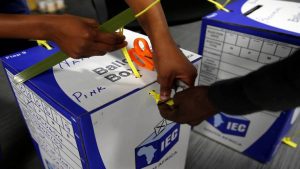Last week, in a pronounced defeat for the Democratic Alliance (DA), the African National Congress (ANC) won the by-election in ward 71 of eThekwini. On 23 October the DA candidate was only able to poll 2 325 votes in the stronghold compared to the ANC candidates’ 2 793 votes. Because the ANC candidate, Pravin Vedan, obtained more votes than any other contestant he was elected to eThekwini council despite receiving less than half the votes cast.
In the 2016 Local Government Elections, the DA won five of the six voting districts in the ward with 70 % or more of the votes cast.
In four of the six districts the DA won more than 80 percent of votes cast. However the DA had very little support in voting district 43370513, the candidate obtained only 5% of the votes cast there. In contrast to the other areas district 43370513 covers an informal settlement with a largely African population. The other districts are formal areas with predominantly Indian populations.
As the DA won the 2016 Local Government Election with 62 % of votes cast, their loss marks a massive reversal of fortunes. In the by-election they won only 38 % of the votes cast. Pundits have suggested that the election represents a watershed in SA politics. They attribute the ANC’s win to President Cyril Ramaphosa‘s “New Dawn” gaining traction at local level.
However the election returns do not suggest a dramatic shift in politics. While the DA clearly attracted less support in this election so too did the ANC. In 2016 the ANC ward candidate obtained 2 964 votes. In the by-election the ANC candidate won with 2793 votes (6 % less support).
The outcome of the by-election may have been determined less by shifting voter allegiances than by the voter apathy. In 2016 most, (54%) of voters, registered in the ward, participated in the election.
In the by-election participation dropped to 31%. The main impact on the result was in how participation rates varied between the six voting districts. In most voting districts the number of votes cast dropped to half the 2016 number. The only exception to this decline was in the ANC stronghold district (#43370513). In that voting district the number of votes declined by 20% compared to a 52% decline in the other five districts. Almost 60 % of all the ANC votes were from this one district.

Because of the low turnout rates by-elections tend to be poor predictors of trends in voter sentiment. In many ways by-elections tend to be a ‘race to the bottom’ with victory going to that party who loses the least. Low turnout rates are due to voter apathy arising from to the small stakes involved. Only rarely will a by-election impact significantly on the municipal administration (eg. when there is a coalition).
The fortunes of political parties rest on their ability to get their supporters to vote. Voter apathy can be made worse by the party’s performance or it fielding poor candidates. For example, parties can put candidates from outside the ward up for election. This tends to happen when the political party considers the ward ‘safe’ i.e. it can rely on the party’s popularity to win.
However when candidates are not well known party supporter’s enthusiasm for voting can be undermined. This in turn reduces both that party’s share of votes and the turnout rate. In the long run the impact can be even more detrimental. The ward candidate is very likely to be a professional politician and will owe allegiance to the political party rather than the electorate in the ward. This dulls the distinction between ward and PR (proportional representation) candidates. These factors conspire to reduce the voter participation rate which, as the by-election of 3 October shows, can have a massive impact on the election.






